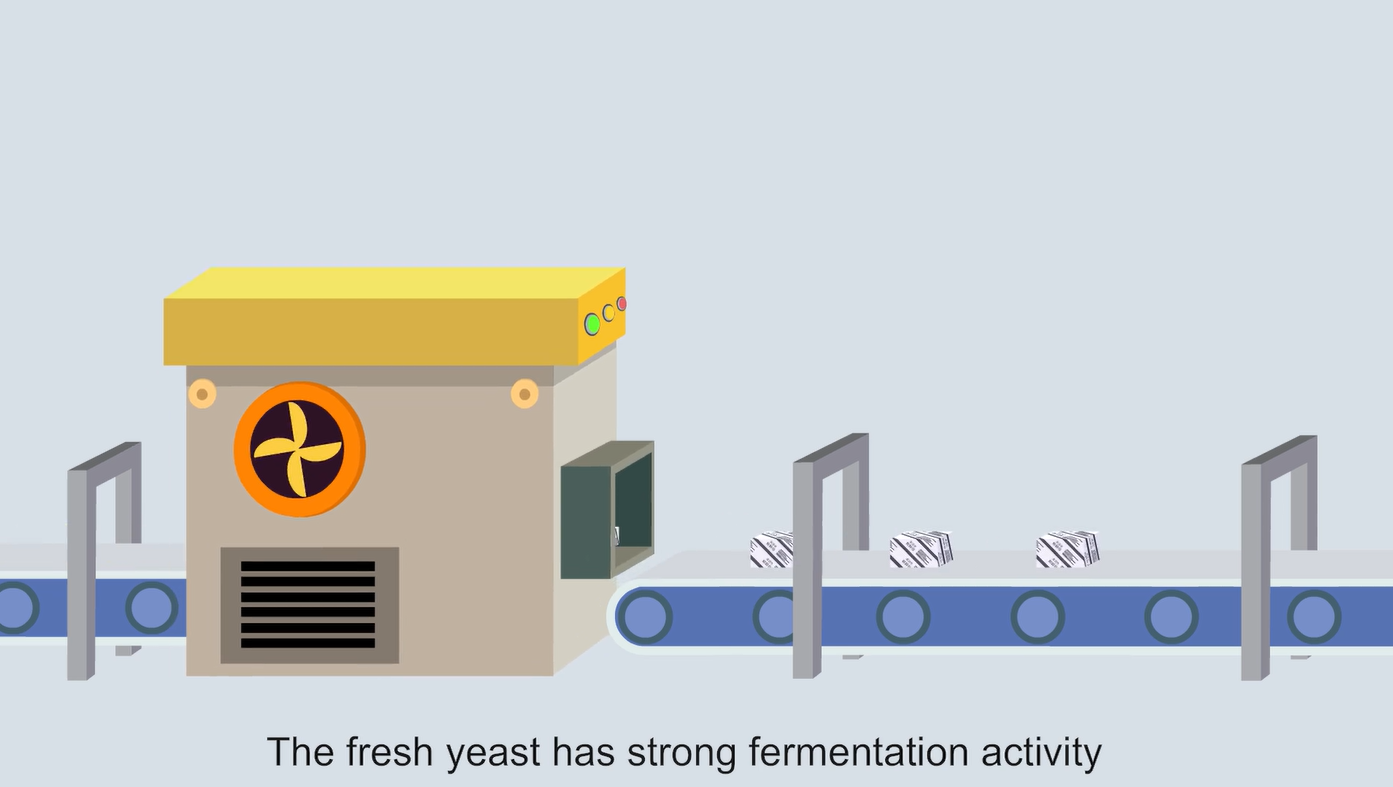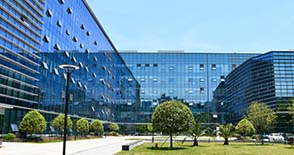
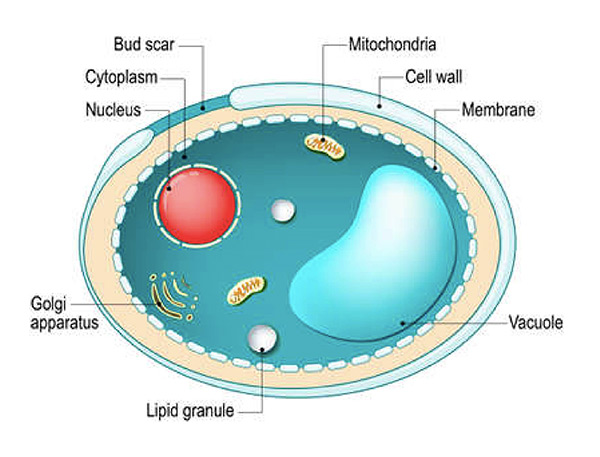
The yeast used in daily life is a single-cell microbe shaped like an egg. The size of yeast cell is only 5-8μm. Due to its tiniest minuteness a yeast cell is visible only through a microscope.The outermost layer of yeast cell is the cell wall which plays a major role in protecting the cell and is mainly composed of glucan and mannan. Through modern technology we can open the cell wall to reach the content of a yeast cell and obtain YE yeast extract through zymolysis. Yeast extract contains proteins peptides amino acids nucleic acids B vitamins and trace elements etc.
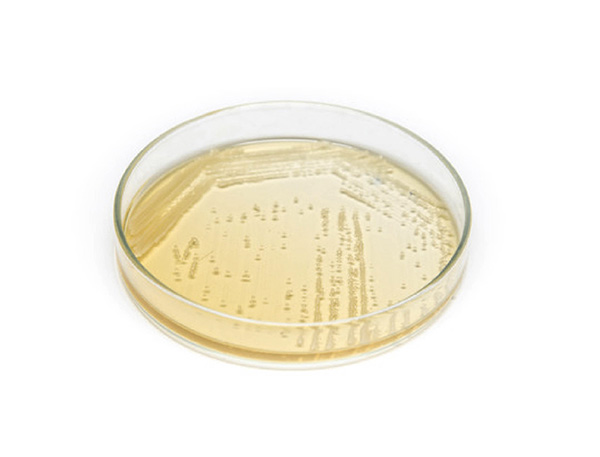
Anaerobic environment
In the anaerobic environment the yeast breaks down the sugar and releases carbon dioxide in a process known as fermentation. In the process of leavening dough the yeast in the dough begins transforming the sugar in the flour into alcohol volatilized in baking and carbon dioxide after oxygen has been depleted so as to expand the dough.

Aerobic environment
In the aerobic environment the yeast breaks down the sugar into carbon dioxide and water and obtains plenty of energy required by growth which accelerates the reproduction. This principle is utilized to produce yeast microbe in large quantities.

Yeast has two modes of reproduction including asexual reproduction and sexual reproduction and the commonest growth mode of yeast is the asexual reproductionthrough budding or fission.
Mode of Yeast Reproduction

A small bud or daughter cell will be formed on the mother cell in this reproduction. The nucleolus of mother cell becomes a daughter cell through fission and enters the daughter cell and the bud keeps growing until it is separated from the mother cell and forms a new cell.
A high quality protein source which is reliable, sustainable, and eco-friendly
The yeast industry is the model of a circular economy. The sugar cane and beet molasses are the nutrient source of yeast, and the industrial wastewater of yeast production is the source of organic fertilizer for crop production. (Fig.8) Angel providescost-effective products for its customers, while maximizing the social benefits to support and promote the sustainable development of the yeast industry.
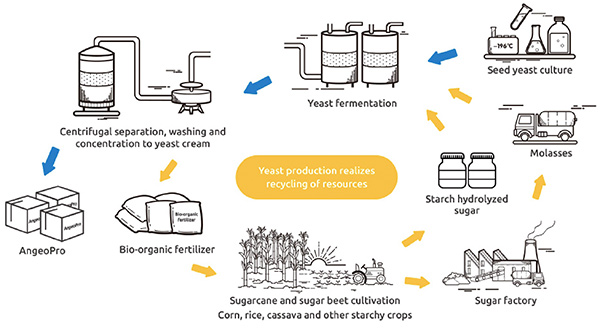
Circular economy of producing process of AnPro yeast protein
Compared to plant and animal sourced protein, AnPro can also reduce water consumption and carbon footprint, while needing less farmland, thanks to Angels patented and efficient manufacturing process. (Fig.9)
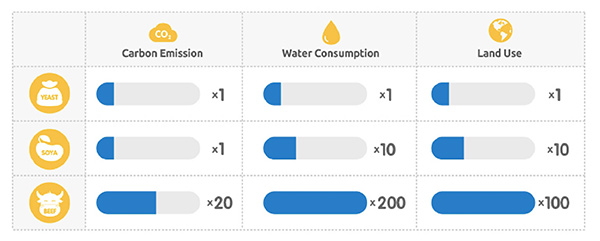
Environmental influence and resource consumption when producing equal amount of protein [6]
As a high-quality protein source which is reliable, sustainable, and eco-friendly, AnPro is positioned to close the protein gap. With features of non-animal, non-GMO, dairy free and soy free, AnPro is suitable for diets of vegans, vegetarians, and flexitarians, as well as people interested in weight management, sports nutrition, healthy ageing and healthy lifestyles. Human demand for protein will no longer rely on animals and plants sources that consume high resources. As microbial sources, AnPro will play an increasingly important role in maintaining the health and sustainable development of the earth.
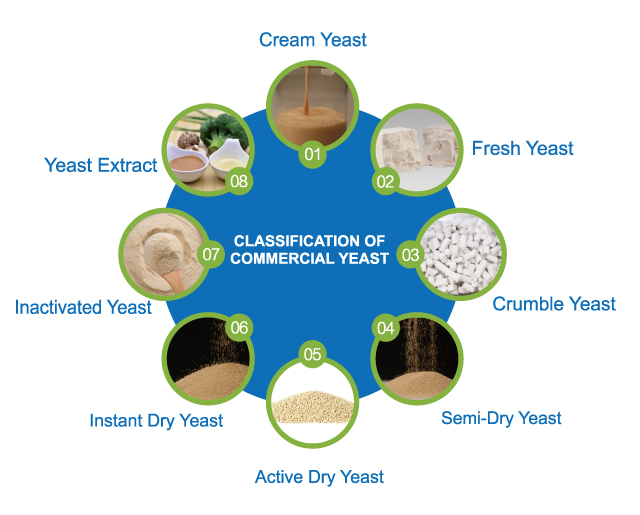
Commercial Yeast Production Process
